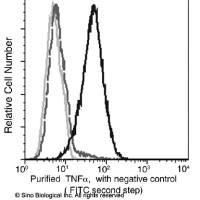Advances in molecular biology and genetics have provided an abundance of descriptive biological data. Ascribing physiologic roles to these data is an important task to translate this information into improvements in human health. Non-viral transgene delivery of a transgene is a promising approach for defining the physiologic role of a specific protein in vivo. This methodology also has therapeutic potential for the treatment of various diseases. Plasmid DNA injection followed by controlled electric pulses across the injection site (i.e., electroporation or electrotransfer) can dramatically increase transgene expression in skeletal muscle, but in some methods can result in local tissue damage. Muscle damage and subsequent repair processes may confound the measurement of physiological, biochemical, and molecular properties for a given experiment. In addition, it is essential to eliminate damage to existing muscle fibers if such procedures are to be used for the treatment of myopathies and muscle wasting conditions. The measurement of muscle contractile parameters (i.e., function) is an important end-point for assessing the role of ectopically delivered proteins in vivo. As such, methodologies that allow the delivery of a transgene to levels that have a physiological effect and do not compromise muscle function will aid in the characterization of the role of specific proteins in vivo.






